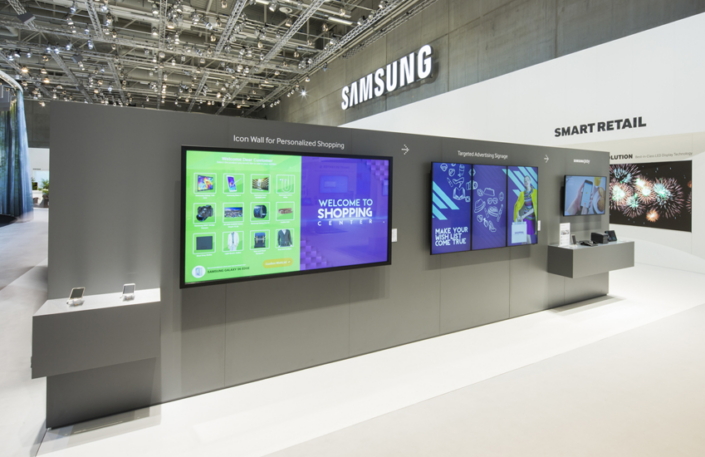
In today’s fast-paced digital world, screens are everywhere – from the smartphone in your pocket to the giant billboards in downtown Singapore. Two of the most common types of screens you’ll encounter are LED (Light Emitting Diode) and LCD (Liquid Crystal Display) displays. While they may look similar at first glance, there are key differences that set them apart. Understanding these differences is essential, whether you’re buying a new TV for your home, a monitor for your office, or just curious about the technology that lights up your daily life. This article aims to provide a straightforward, easy-to-understand guide on LED and LCD digital displays, specifically tailored for readers in Singapore. We’ll delve into what these technologies are, how they differ, and which might be the best choice for your needs. Let’s brighten up our knowledge on these illuminating technologies!
An LCD, or Liquid Crystal Display, is a type of screen that’s common in many electronic devices like TVs, computer monitors, and smartphones. Imagine it as a sandwich, where the ‘bread’ is two layers of glass and the ‘filling’ is liquid crystals. These crystals don’t produce light on their own. Instead, they use a backlight (usually made of fluorescent or LED lights) that shines through the crystals. By controlling the alignment of these crystals, the display can block or allow light to pass through, creating images on your screen. LCDs are popular because they’re usually more budget-friendly and offer sharp, clear pictures with good color accuracy.

On the other side, we have LED displays. LED stands for Light Emitting Diode. Unlike LCDs, LED screens create light directly from the diodes. There are two main types of LED displays – traditional LEDs where the diodes are used as a backlight for an LCD screen (often referred to as LED-backlit LCDs), and OLEDs (Organic LEDs) where each pixel is a tiny LED itself. OLEDs are known for their incredible color contrast and deep blacks, as each pixel can be turned on or off independently. LED displays are typically thinner, more energy-efficient, and have better contrast than LCDs, but they can also be more expensive.
Now, let’s break down the main differences between these two types of displays:

Each technology has its pros and cons:
The journey of display technology has been remarkable. From the bulky CRT TVs to the sleek screens of today, both LCD and LED technologies have evolved tremendously. In recent years, we’ve seen the rise of 4K and 8K resolutions, HDR (High Dynamic Range) for more vibrant colors, and even flexible OLED screens. As we look towards the future, technologies like MicroLED promise to bring even more advancements.
When selecting a display, consider:
For general use, an LCD might be more than sufficient. However, if you’re after a top-notch viewing experience and don’t mind spending extra, an LED, especially an OLED, could be the way to go.
Both LED and LCD displays have their place in our digital lives. Whether it’s an LCD’s affordability or an LED’s superior performance, the choice depends on your specific needs and budget. As technology continues to advance, we can only expect these digital displays to get better, brighter, and more energy-efficient. No matter which type you choose, both are capable of bringing the digital world to life right before your eyes.
We offer a versatile and customizable visual experience, empowering businesses to enhance their brand presence and captivate their audience.

